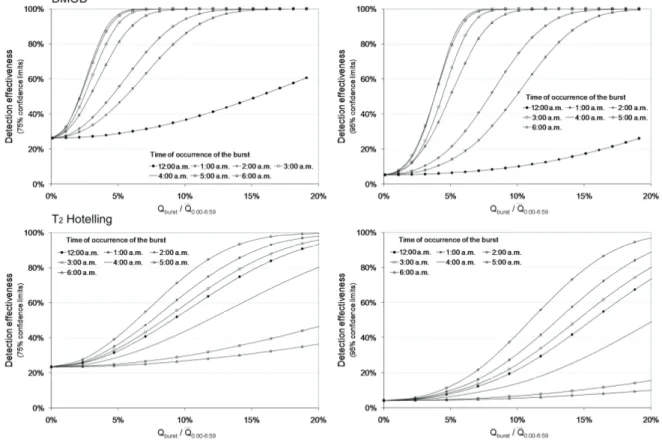Burst Detection in Water Networks Using Principal Component Analysis
Texto completo
Figure




Documento similar
But, once a variable closely related with the economic crisis (monthly unemployment rate) is introduced, the model is able to explain 55% of the rise of preferences
Conceptual model of the system: (a) Thermal sensor connected to the Khepri; (b) Data package generated by the system; (c) Thermal information and georeferentiation of the system
In Optical Burst-Switched networks, the so-called Burst- Control Packet is sent a given offset-time ahead of the optical data burst to advertise the imminent burst arrival, and
Statistical data for document delivery in Spanish University Libraries The statistical analysis of document delivery shows a significant decrease since the introduction of
The information stored in each input module is (i) the associated burst target output fiber, burst offset, burst length and QoS class, (ii) the information about burst allocation,
To achieve a transformation from the original space to a feature space useful for classification, oriented principal component analysis (OPCA) is presented as the solution of
The analysis of the stories published on the social networks Facebook and Twitter by the two most important newspapers in Spain, El País and El Mundo, allows us to detect a
More specifically, the most appropriate univariate state space model for each of the exchange rate determinants is chosen from the following set of models: the local level model,


